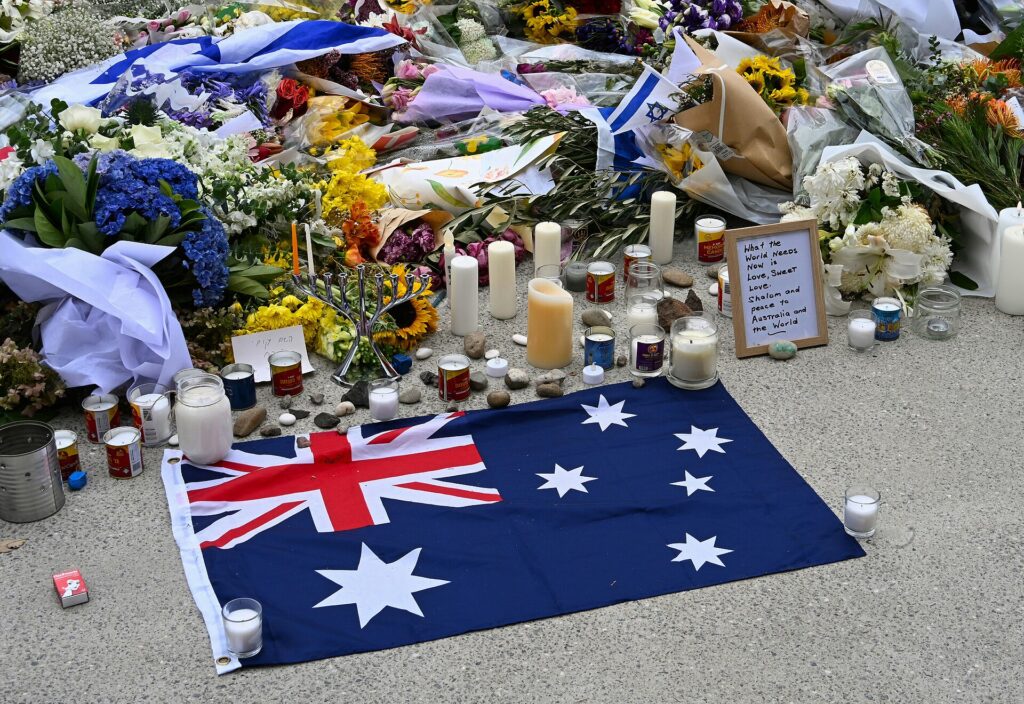IN THE MEDIA
Adept at puerile politics
February 15, 2006 | Ted Lapkin
The outrage over cartoons is just a diversion
Ted Lapkin
Courier Mail – 15 February 2006
Call out the Marines! If the protest rhetoric coming from the Islamic world means anything at all, the next target of a rampaging mob will be the US Supreme Court on Capitol Hill.
The exterior of the court building features 18 friezes that portray lawmaking luminaries from Hammurabi to Napoleon. And included within this statuary salute to jurisprudence is Mohammed, who is depicted holding the primary source of Islamic law – the Koran.
The sculptor who carved the Supreme Court frieze during the 1930s meant no disrespect to the Islamic faith. The incorporation of Mohammed within the ranks of this pantheon was intended as an expression of respect rather than repugnance.
But benign intent should make no difference to the Australian Federation of Islamic Councils, which issued a blanket warning against depictions of the prophet Mohammed.
“What is more important,” asked AFIC president Dr Ameer Ali, “to preserve freedom of speech or to antagonise one fifth of humanity?”
In reality, of course, the presence of the Marine Corps’ Washington barracks only a few blocks away pretty much guarantees the safety of America’s highest court.
And a deeper look at the timing, scope and focus of the Danish cartoon controversy raises suspicions this crisis owes much more to cynical calculation than spontaneous combustion. After all, the fuse that ignited this firestorm of Islamic violence was of an extremely slow-burning variety.
It was long ago and far away September 2005 when Copenhagen’s Jyllands-Posten newspaper first printed the 12 offending caricatures of Mohammed. That is a full four months before any violence erupted on their account.
This lengthy gap between publication and protest belies any argument that these riots were impetuous acts of reflexive indignation.
In fact, a BBC report revealed that the task of fomenting such large-scale disorder required careful planning and calculation. After the cartoons were published, Danish Muslim leaders embarked on a tour of the Islamic world to inflame bedlam and bigotry.
But the eminent imams weren’t entirely confident that the Jyllands-Posten’s dirty dozen drawings of the Prophet created enough of a slam-dunk case. So it was decided that a bit of embellishment was in order. The BBC relates that these clerics fabricated several particularly obscene sketches that they added to their portfolio of provocation.
Yet it turns out that no such effort was needed to introduce these particular caricatures to the Middle East.
In October 2005 – one month after the cartoons were initially printed by Jyllands-Posten – Cairo’s al Fajar daily ran a straight news article on the Danish drawings affair. And the Egyptian newspaper’s story featured six of the original 12 sketches, including two of those deemed most offensive by Scandinavian Islamic authorities.
But the republication of these cartoons in the heart of the Islamic Middle East passed without discord or disruption.
There was no civil strife in the streets of Cairo: at least not until it could be orchestrated by a travelling troupe of demagogues who were hell bent on inciting a global religious war.
It takes both premeditation and co-ordination to generate such a worldwide wave of violent pandemonium. Dictators like Syria’s Bashar Assad and Iran’s Supreme Leader, Ali Khamenai, must be brought into the loop, and the official apparatus of those police states must be mobilised to the task at hand.
The mobs that ransacked Scandinavian embassies in Damascus and Tehran were clearly operating with the blessing of the local authorities.
What is happening now throughout the Middle East is the oldest story in the Arab political playbook. The despots who rule from Tehran to Tripoli are past masters at using external distractions to deflect attention from domestic oppression and misery.
In the past, popular frustrations have been successfully vented by carefully choreographed hostility towards Israel. And we now see the same technique being applied to Western culture as a whole.
It isn’t exactly as if religious bigotry is foreign to the Arab world. A glance at newspaper coverage in Cairo and Gaza reveals Jews are routinely depicted in a manner worthy of the rabid Nazi weekly, Der Sturmer.
From hook-nosed Hebrew conspirators plotting world domination to the medieval blood libel, the Arabic language media resurrect vile ethnic myths and stereotypes of ancient and recent Jewish history.
But the Jews do not respond to such systematic incitement to hatred by rioting in the streets.
The real offence to Arab sensibilities should come, not from Copenhagen but from the heartland of the Middle East where autocrats use and abuse their own people.
It is time for Arab political culture to grow up.
Ted Lapkin is director of policy analysis at the Australia/Israel and Jewish Affairs Council
Tags: Europe





